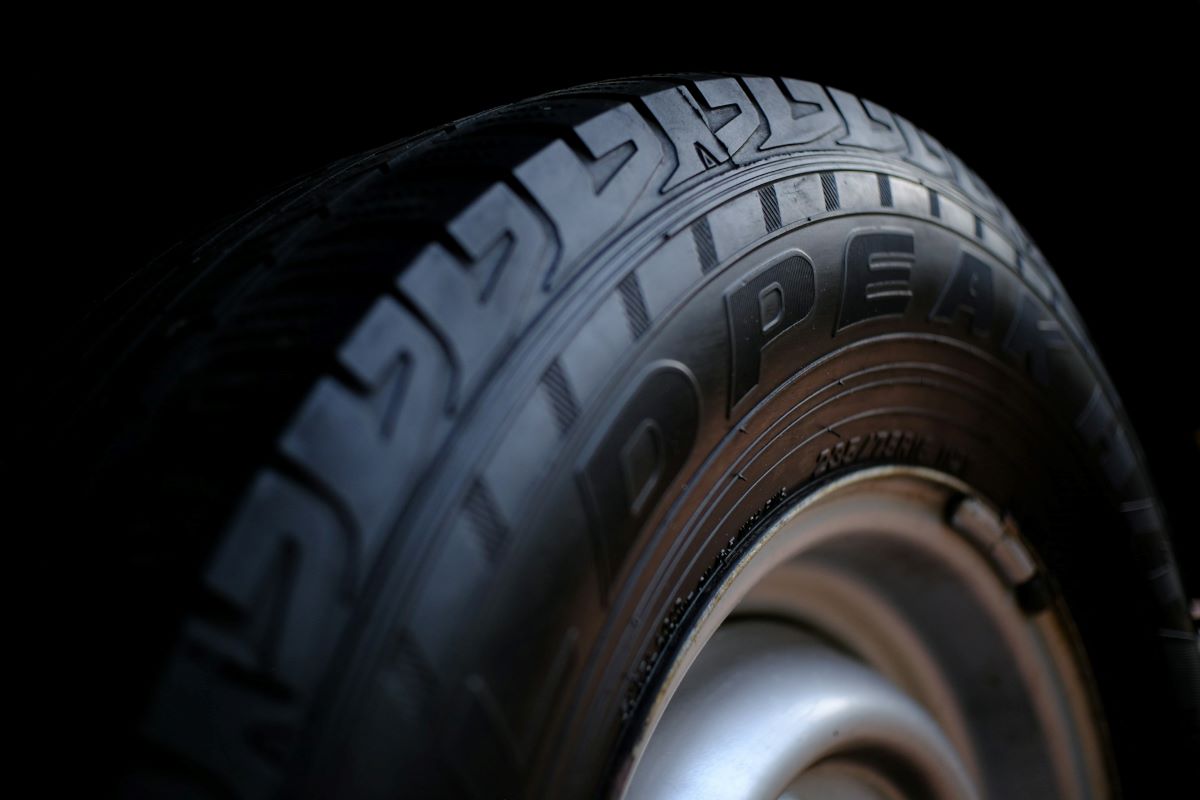How to Check Tyre Manufacturing Date and What is the Importance?

Tyres are one of the primary components of your vehicle. Tyres in their proper state are necessary to ensure the driver's safety. Other than safety, factors such as fuel economy also depend on the tyre's condition.
Therefore, you must regularly check the tyre's condition, check the manufacturing date, and replace it whenever necessary to ensure your safety and your vehicle's optimum performance.
Learn how to check tyre manufacturing dates and more in this quick guide.

Table of Contents

What is a Tyre Manufacturing Date?
The tyre manufacturing code is a four digit code that decodes the manufacturing date in the form of week and year. The first two digits showcase manufactured week and the last two digits represent manufactured year.
What is the Importance of Changing Tyres?
Changing tyres is of utmost importance for several reasons. Check out some of the following reasons to find out when and why you should consider changing tyres:
Road Safety
Tyres are the only point of contact between a vehicle and the road surface, and their condition significantly affects traction, handling, and braking. Worn-out or damaged tyres can compromise vehicle control, increasing the risk of accidents.
By regularly changing tyres, drivers can maintain optimal grip and manoeuvrability, especially in adverse weather conditions.
Fuel Efficiency
Over time, tyres experience wear and tear, leading to decreased rolling resistance and increased fuel consumption. By replacing worn tyres with new ones, drivers can minimise rolling resistance and improve fuel efficiency, ultimately saving money on fuel expenses.
Longevity of Wheels
Regularly rotating and replacing tyres helps distribute the tyre wear more evenly across all four wheels, extending their lifespan. This improves the performance and longevity of individual tyres and reduces the chances of unexpected failures on the road.
Environmental Sustainability
Worn-out tyres produce more greenhouse gas emissions due to increased rolling resistance, impacting the overall carbon footprint of vehicles. By changing to new, eco-friendly tyres and maintaining proper inflation, drivers can reduce emissions, supporting a greener environment.
By prioritising regular tyre maintenance and replacement, you can ensure a smooth and safe driving experience while minimising environmental impact.
How to Check Tyre Manufacturing Date?
Checking the manufacturing date of a tyre is crucial for ensuring safety and determining its overall condition. The age of a tyre plays a significant role in its performance, as rubber compounds deteriorate over time, leading to decreased grip and increased risk of failure.
Here are the four steps to help you check the manufacturing date of a tyre:
1. Locate the DOT Code
Look for a series of characters imprinted on the sidewall of the tyre. The Department of Transportation (DOT) code combines alphanumeric characters, including the manufacturing date.
2. Identify the Last Four Digits
The last four digits of the DOT code represent the manufacturing date of the tyre. The first two digits indicate the week, and the last two digits represent the year. For instance, if the code ends with "2418," the tyre was manufactured in the 24th week of 2018.
3. Decode the Manufacturing Date
You need to understand the tyre age code to calculate the precise manufacturing date. The first two digits of the year are used instead of the full year. For example, "18" represents 2018, "19" represents 2019, and so on. Combine this information with the week number to determine the exact manufacturing date.
4. Interpret the Results
Once you have deciphered the manufacturing date, evaluate the tyre's age. Tyres typically have a lifespan of six to ten years, depending on various factors such as usage, storage conditions, and maintenance. If the tyre is older than six years, it's important to inspect it more carefully for signs of deterioration.
How to Interpret the Date Code?
Once you spot the code on the sidewall of the tyre, it is necessary for you to interpret it and note it down. For example, let’s use an imaginary code for your understanding. The code is: DOT XXXX4022.
Now, in this, look at the last four digits. The first two digits denote the specific week in which it was manufactured and the last two digits denote the year of manufacture. So, in this example, the tyre was manufactured in the 40th week of the year 2022.
What Factors Affect Tyre Age?
The following four factors are the major factors that are responsible for influencing the age of a tyre:
Storage Conditions of Tyre:
The tyres are made of unique rubber compounds which are temperature sensitive. Storing them in extreme temperatures degrades the quality of tyres and promotes rubber degradation.
Driving Style:
Rash and aggressive driving styles such as sudden braking or hard cornering decrease the life of tyres and provoke the tyre wear rate.
Tyre Inflation:
Conditions of Road:
How to Maintain Car Tyres?
The tips mentioned in the next part of the article have proven to be helpful in maintaining the longevity of tyres:
1. Proper Tyre Pressure:
The tyre pressure needs to be checked quite frequently to rule out over or underinflation.
2. Rotation of Tyres:
Rotation of tyres is very much required after every 6000 to 8000 miles to ensure even tyre wear.
3. Inspection of Tyres:
Inspect your tyres carefully and at regular intervals for any kind of damage, embedded objects or punctures. If present, get it repaired as soon as possible.
4. Safe Driving Habits:
Avoid aggressive driving that in turn reduces the tyre life and makes you prone towards accidents.
5. Proper Tyre Storage:
Do not place your spare tyres under direct sunlight and store them in a cool and dry place to maintain their quality.
After being able to decode the year of manufacture of the year. You will be able to keep a track of its performance and replace it when time comes. Apart from this, you can also follow the tips mentioned in the article to maintain quality and longevity of the tyres.
















